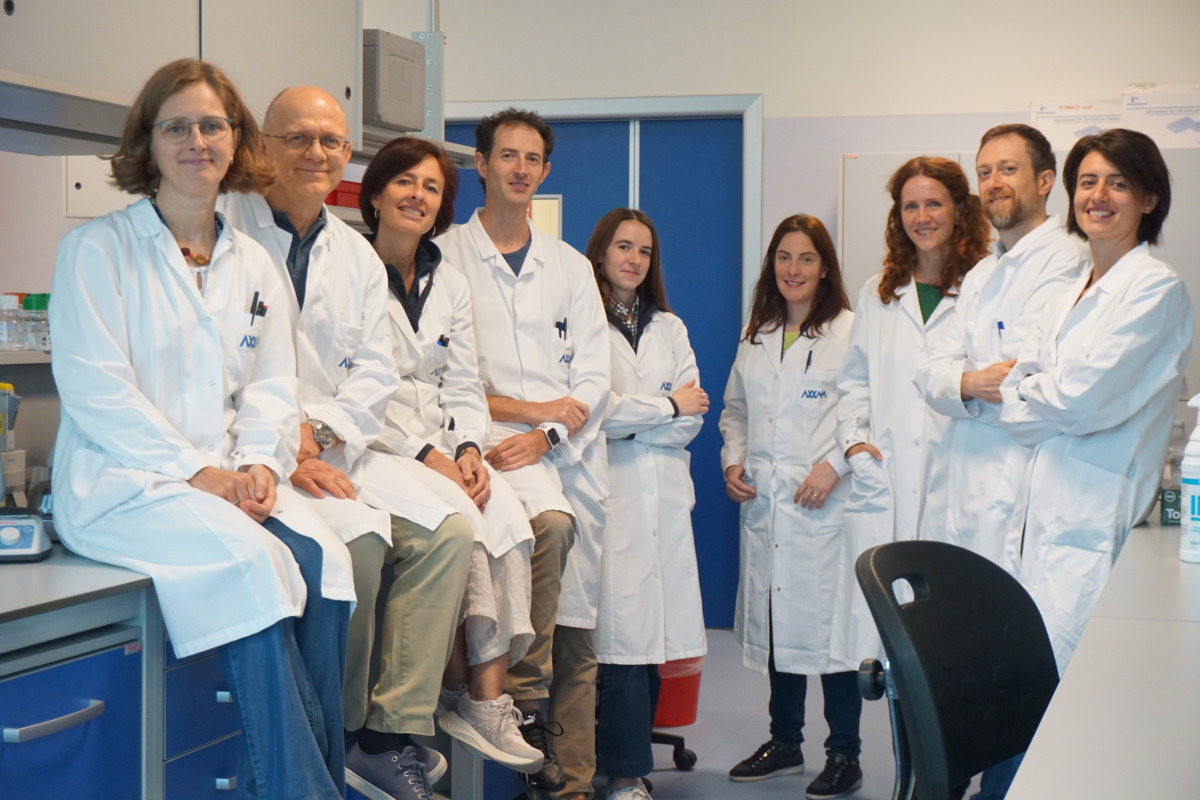Drug screening follows the funnel principle – the higher the number and diversity of compounds assayed, the better the chances to identify meaningful hits that turn into promising clinical candidates. Robust high throughput screening assays to monitor target activity are key to reaching this goal in a reasonable time. With low-hanging fruits already ticked off the list, innovative assays must be designed to tackle even the so-called ‘undruggable’ targets.
Besides high-quality compound collections, the fundamental ingredient of any high-throughput screening (HTS) is the development of robust cell-based and cell-free assays to demonstrate the direct effect of a molecule on its target.
Whereas classical assays mainly focus on measuring functional activity, many conditions with unmet medical needs are caused by direct interactions of macromolecules. Hence, proximity assays that search for small molecules that enhance or inhibit such interactions are becoming increasingly popular in drug discovery.
Getting proximity assays ready for drug screening
The Biochemistry group of Milan-based contract research organization (CRO) Axxam is adopting a customized, science-driven methodology for the development of proximity assays compatible with high-throughput screening. This includes protein-protein, protein-nucleic acid, and protein-small molecule interactions.
Ideally, a signal is only generated when two or more molecules are close to each other, indicating a molecular interaction. This is particularly challenging when both partners are macromolecules with extended interaction areas.
“Even though large surface protein interactions are still not considered druggable, interactions involving small hotspots of about 2-4 amino acids have been studied for several years, resulting in promising new drug candidates. Small biotech companies pioneered in this area, and now pharma companies are jumping on the topic,” said Daniele Carettoni, Head of Biochemistry at Axxam.

Scientific insight for all project stages
Successful high-throughput assays are characterized by high sensitivity and reproducibility, features that become more challenging to achieve with a growing level of assay complexity. The Axxam Biochemistry group takes a step-by-step approach.
To start with, the researchers ensure a sufficient supply of the target proteins. Multiple protein variants, including full-length and truncated versions with different tags, are explored to identify those that can be expressed and purified in sufficient quantities while maintaining physiological activity and interaction properties.
Central to any HTS project is the crucial task of optimizing the assay. For cell-free assays, more than 150 alternative reaction conditions – such as buffers, pH, salts, chelators, detergents, and blocking agents – are evaluated for their impact on assay sensitivity while meeting the criteria for HTS. By fine-tuning protein stability and binding activity, the team can define assay conditions suitable for HTS, i.e., reducing the working concentration of key reaction components, facilitating assay adaptation to automation, and increasing the sensitivity towards reference and test compounds.
The time invested in assay development yields significant benefits. It allows a more effective execution of the screening campaign, increases the possibility of selecting disease-relevant hits, and paves the way for the generation of lead compounds with a greater probability of success in later stages of the drug discovery process.

Choosing from the assay menu
The choice of assay principle and technology is also subject to optimization, with various state-of-the-art readouts challenged in parallel. Assay principles not selected for the primary screening campaign can be utilized for developing orthogonal assay systems to corroborate the results of the screening campaign and obtain a qualified hit list.
“We always generate several assay options to select the most suitable one as a primary assay for HTS and use at least one secondary, orthogonal assay to validate the results,” explained Valeria Wanke, Senior Scientist and Deputy Biochemistry at Axxam.
“In parallel to the screening, we develop interference and counter-screening assays to clarify which compounds need to be analyzed with an orthogonal assay because they are interfering with the readout system of the primary assay,” added Carettoni.
Proximity assays: going beyond classical fluorescent assays
Over the years, Axxam’s high-throughput proximity assays have assisted successful drug discovery programs in various fields – from modulating cellular protein/RNA dynamics and stabilizing molecular complexes to developing ‘molecular glues’ to restore or enhance physiological cellular target turnover.
Besides proximity assays, the Axxam Biochemistry group offers a thorough characterization of compounds’ effects directed against enzymatic targets, for example, applying functional enzymology to better characterize shortlisted hits, their binding kinetics, stability, and mechanism of action.

“We are constantly looking at new options to expand our offering and support our clients not only for hit identification but also in the hit-to-lead process. Right now, we are working on biophysical assays that have traditionally been used in low-throughput only. Adapting them to high-throughput screening campaigns can provide a direct view on the binding of novel compounds to the target protein,” Wanke said.
From contract research to innovative partner
To increase the success rate in identifying novel active compounds, HTS assays should be tailored to the physiology, regulation, and activity of the target of interest. Both the primary assay and accompanying secondary assays should consider the target’s mechanism of action and its role in the disease.
These guidelines are particularly relevant for cutting-edge proximity targets, where lead discovery programs based on high-throughput screening also have investigational goals, expanding biological knowledge.
“I would like to emphasize our commitment to quality and innovation and to underline our science-driven approach with clients, so much that they consider us as a partner in science rather than a simple service provider” concluded Antonella Solia, Business Development Manager at Axxam.
Interested in learning more about Axxam’s science-driven approach?





